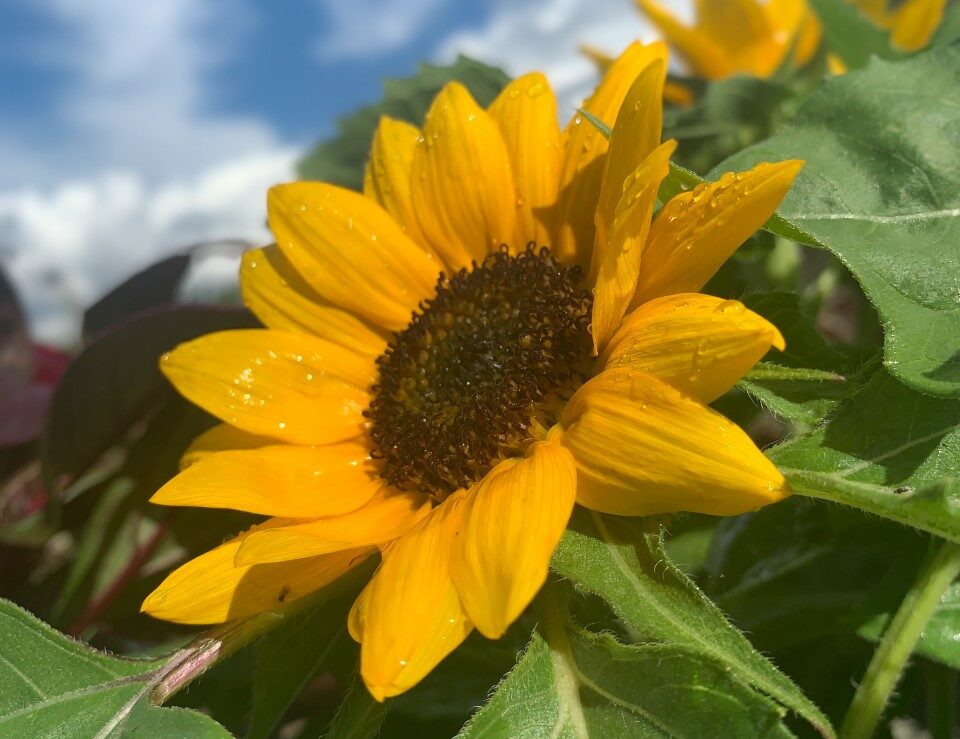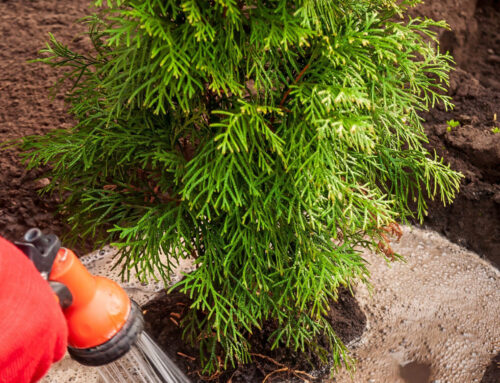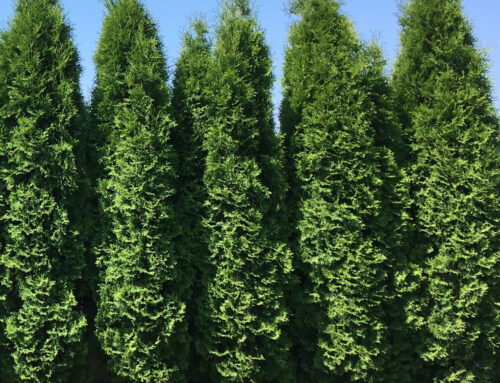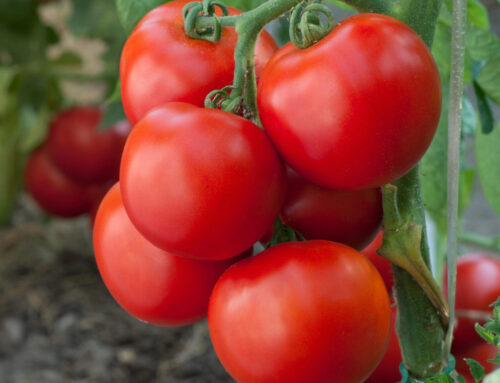Planning The Location:
Consider the following points when deciding where to plant your veggies and herbs.
- Place the location of your garden away from buildings & trees
- Have the garden convenient to water
- Make sure the location / planter can be well drained, but not too dry
- Pay attention to the soil
- Protect the plot, no matter the size, with a fence
Size & Shape:
If you are a beginning gardener or vegetable farmer, its best to start small. This will allow you to make sure that the conditions are appropriate in your garden and that you actually be satisfied with the production of your beginning garden. You can always expand as needed. Also, choose a location that gets a lot of sunshine throughout the day. Think about veggies on a farm, most of them are in fields where the sun gives them tons of vitamins and nutrients all day.
Soil Types & Drainage:
Generally, there are 3 different types of soil: clay, sandy, and loamy. Clay is nutrient rich, but slow to drain. Sand is quick draining, but has trouble retaining nutrients and moisture. Loam is considered ideal – retains moisture and nutrients, but doesn’t stay soggy!
How to check your soil – grab a handful of dirt and squeeze it into a ball, if it stays together, but crumbles when you give it a poke then you probably have sandy loam soil type. That’s great! If it holds its shape, and when you poke it just sits there then you have clay soil. If the soil falls apart as soon as you open your hand, then you have sandy soil. If you have sandy or clay soil you can amend it with compost. We love Bumper Crop as a great all purpose food that is natural & organic, the perfect mix in to help make your soil work better for you. Veggies will not grow well in poorly drained soil.
Make a Plan:
If you are a gardening beginner, you must male a plan! Include what vegetables to plant, varieties to select, and locations in the garden.
Rabbits, geese, and deer may take notice of your new garden. Putting up a wire mesh surround works well and will discourage most critters (and also little hands if you aren’t ready to have them start picking).
Want to know the best garden practices? Here are our top 10 tips!
- Prepare plot or rows for early spring planting. Usually preparation can start in the fall or winter, but early spring is a great time to get prepared too.
- Use a variety of fresh seeds if you want to start from seed. Otherwise you can plant up started plants like we have here at The Farm at Green Village!
- In the early spring make double-row plantings of: beets, carrote, radish, mustard, lettuce turnips, onions, English peas, and spinach.
- Fertilize!
- Side dress (meaning fertilize a couple of inches away from the stem, in a row) with a nitrate fertilizer when the plants are 3-4″ tall.
- Prune or stake plants that require it – good examples are tomatoes, pole beans, sweet peppers, and eggplant.
- Water, mulch, and harvest regularly to help promote growth and production.
- Cultivate when grass and weeds are small
- Grow two or more crops of certain veggies in the same row at the same time for continuous production
- Control pests
COOL SEASON CROPS
(Not Affected by Frost)
- Asparagus
- Broad Bean
- Broccoli
- Brussel Sprouts
- Cabbage
- Collard
- Garlic
- Horseradish
- Kale
- Kohlrabi
- Leek
- Onion
- Pea
- Radish
- Rhubarb
- Shallot
- Spinach
- Turnip
COOL SEASON CROPS
(Affected by Frost)
- Beets
- Carrots
- Cauliflower
- Celery
- Chard
- Chinese Cabbage
- Endive
- Lettuce
- Mustard
- Parsnip
- Potato
- Swiss Chard
WARM SEASON CROPS
(Wait to Plant Until Last Frost)
- Cantaloupe
- Cucumber
- Pumpkin
- Tomato
- New Zealand Spinach
- Pepper
- Sweet Potato
- Squash
- Sweet Corn
- Lima Bean
- Watermelon
- Eggplant
- Snap Bean




